How to grow spring cabbages – everything you need to know for a bumper crop
Spring cabbages are hardy vegetables that can be grown for an early crop of greens each year
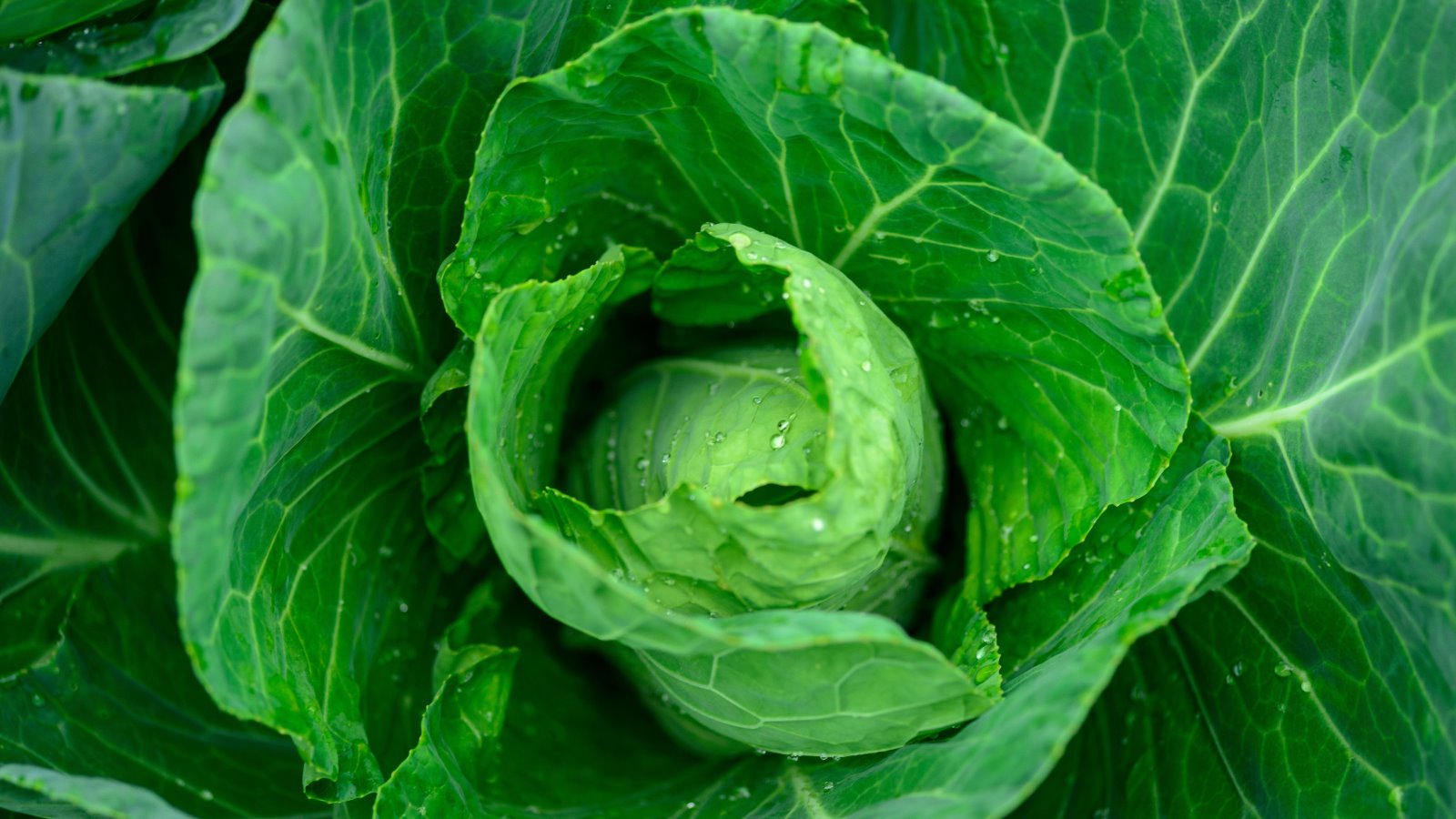

Spring cabbages are one of the earliest crops of the year and can be valuable harvests at a time where pickings are usually slim in a vegetable garden. These slow-growing plants are often smaller and more pointed in shape than other cabbages.
Sown in late summer or early fall, the plants sit in the ground over winter before growing quickly once the temperatures rise in spring. I grew a wide variety of cabbages during my time as a kitchen gardener, and still do on my allotment, and have always found them a simple and rewarding crop to grow.
If you are planning when to plant vegetables each year, giving space to sow and plant spring cabbage can be really valuable. It means you can have crops in the ground over the winter period, rather than bare soil, and also an early harvest of nutritious greens.
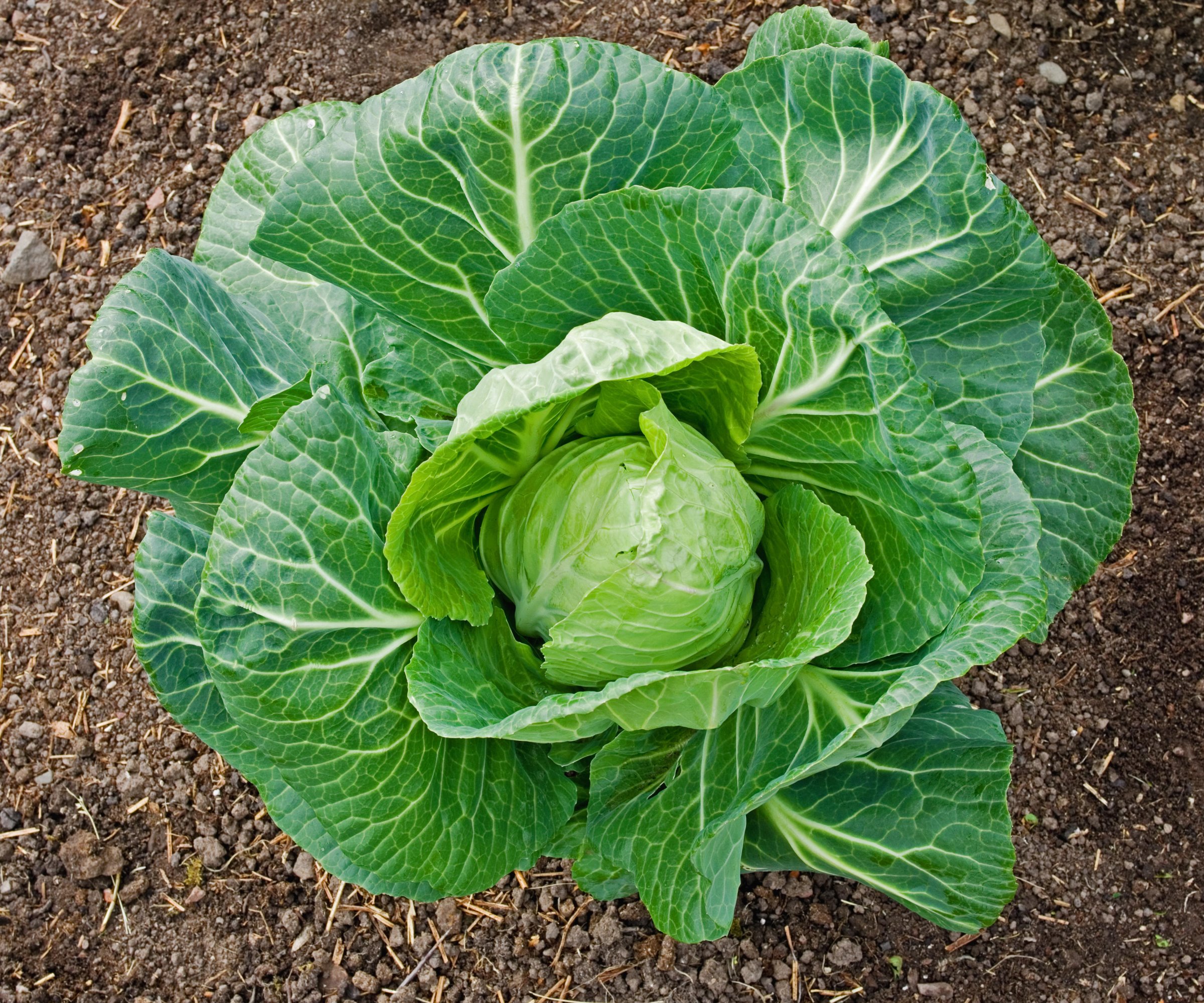
Spring cabbages can take up to six months to grow
Growing spring cabbages
Spring cabbages do have a long growing season and can take up to six months from sowing seeds to harvesting the first of the crop from the kitchen garden. We take an in-depth look at sowing, planting, and caring for your crop to help get the best harvest possible come spring.
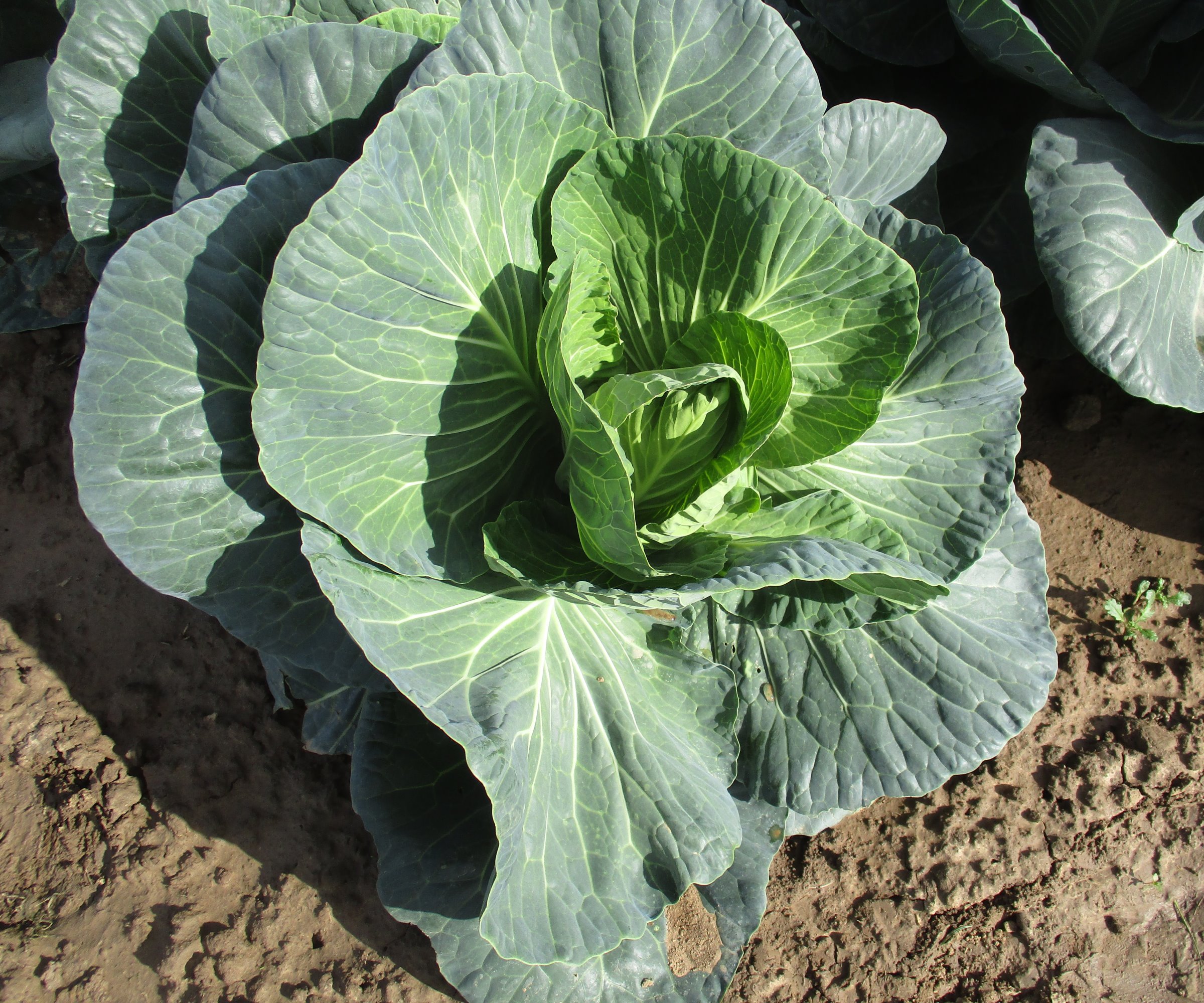
Spring types have more pointed heads than other cabbages
How to sow spring cabbages
Plants should be started in late summer to early fall for crops to be ready to harvest from mid-spring into summer. Spring cabbage seeds can be easily found in stores or online, or young plants can be planted directly into the vegetable garden from early-to-mid fall.
When it comes to starting spring cabbages from seed, Ashleigh Smith, managing editor at True Leaf Market, says that seeds can be sown directly into the ground but it is ‘recommended’ to start plants in trays and transplant seedlings into the garden after about four weeks.
‘Spring cabbage is best planted during the fall months to overwinter and harvest in the spring,’ she says. ‘Sow two seeds about 0.25 inches deep in each cell of your growing tray to increase the probability of successful germination. After germination occurs, thin to one seedling per cell.’
Seeds can also be sown under cover in early-to-mid fall, planted in trays of seed compost - the best soil to start seeds in. These plants will need to be potted up and cared for indoors in a greenhouse or cold frame over winter, before being planted out in early spring once the ground is workable.
If you are sowing seeds directly into their final growing position, then sow sparingly in rows around 18 inches apart.
See the range of cabbage seeds available at True Leaf Market

Ashleigh Smith is the Managing Editor at True Leaf Market with a bachelor's degree in Horticulture from Brigham Young University - Idaho. True Leaf Market is a nationally certified organic, non-GMO seed and horticultural company based in Salt Lake City, Utah.
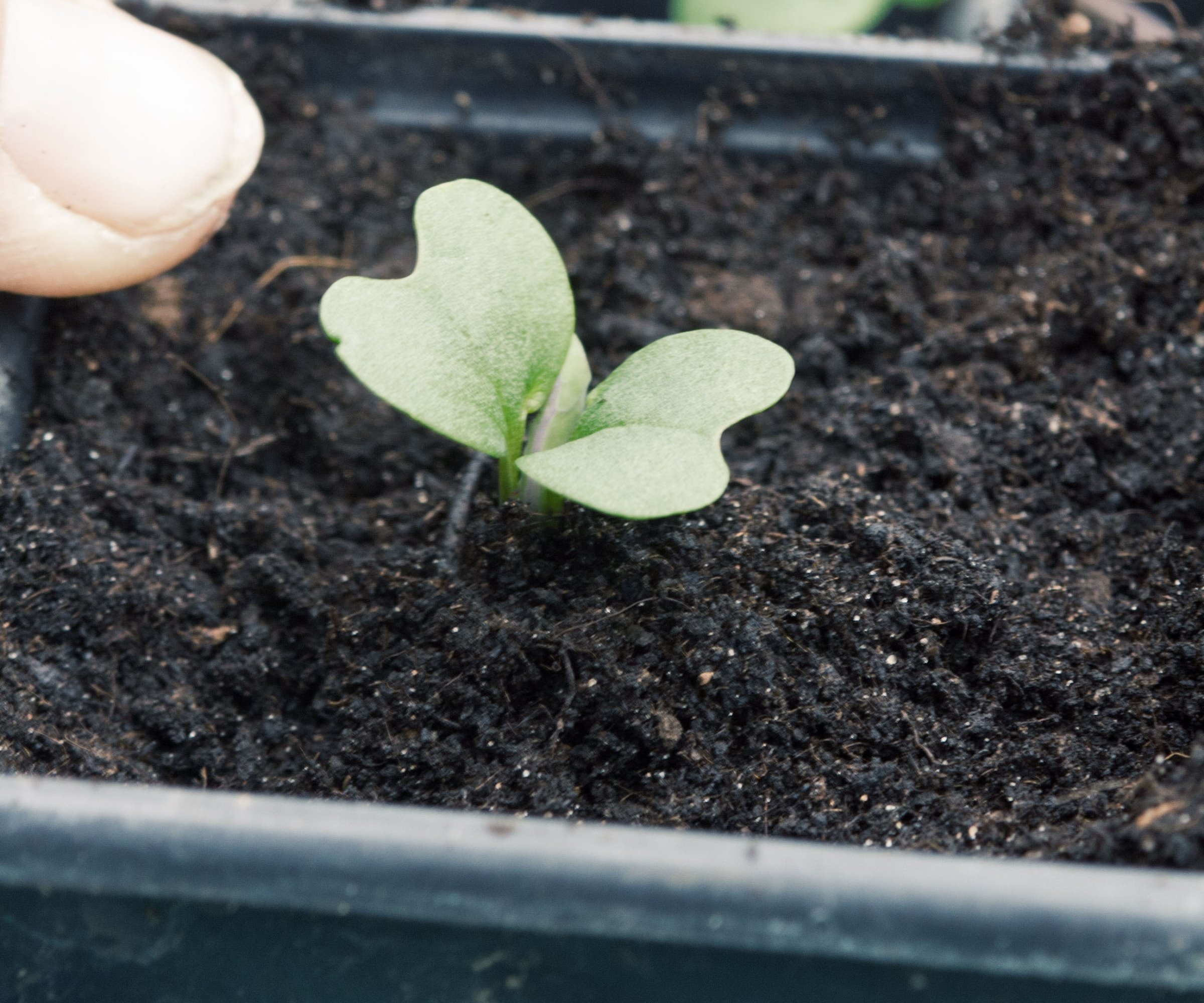
Seedlings should appear fairly quickly in warm fall conditions
When to plant spring cabbages
Plants that have been started indoors can be planted out once they have reached about 4-6 inches tall and have developed a strong root system.
Take care when you transplant seedlings not to damage the precious young plant; you want to firm in young cabbages well but make sure to not harm the stem. Furthermore, if they have been started undercover, ensure to harden them off before planting outside. While plants can ultimately tolerate a frost, they will need to acclimatize to outdoor conditions.
Getting them into the ground after about four weeks of growth means the plants can have time to establish themselves before winter arrives. One of the garden experts from seed supplier Ferry-Morse recommends that the plants should be spaced about 18-24 inches apart to allow for each of the plants to grow properly and spread out.
When it comes to where to plant, they add: ‘Choose a location with well-drained soil that receives full sun to partial shade.
‘Spring cabbages thrive in cool, moist climates. They prefer well-drained soil that is rich in organic matter. A sunny or partially shaded spot in the garden is ideal. Make sure the soil has good fertility and a pH level of around 6.5 for optimal growth.’
You can grow cabbages in pots if you have a vegetable container garden, provided you give them enough space to grow to full size. The spring versions are often smaller than other summer or winter cabbages, but they still want room to develop into. Pots should be at least 12 inches wide and containers of that size would be enough to grow one spring cabbage. Fill any container with well-draining potting soil and ensure pots have holes in the bottom for drainage.
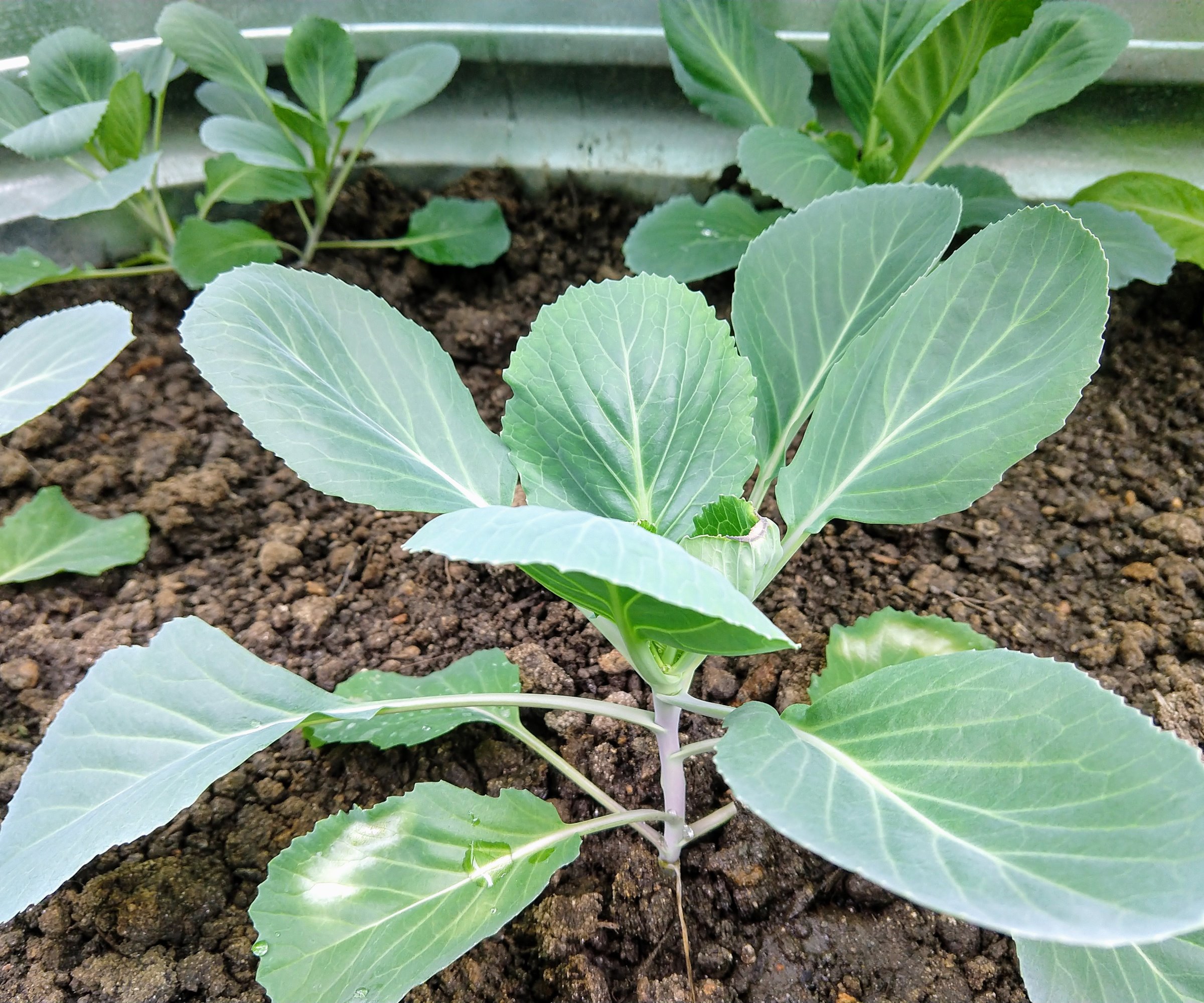
Cabbages need to be well firmed into the soil
Care and maintenance of spring cabbages
It may be beneficial to cover your cabbage plants with netting or fleece. The netting can protect young plants from birds or pests during the colder months, while also providing the cabbages with an extra layer of insulation from the harshest winter weather. If you are in a very cold area, then cloches can also be used to protect plants in winter or spring.
When it comes to watering plants, you want to keep the soil consistently moist and not let it dry out. The cabbages especially want to be moist but not waterlogged when young. These plants will need watering during dry periods, however take care not to overwater the plants during fall and winter - where cabbages sitting in soggy soil are at risk of rotting.
Cabbages can benefit with a layer of mulch put around the plants, such as garden compost or well-rotted manure. The addition of mulch will improve the moisture retention of the soil, feed the plants, and also suppress weeds. It is recommended to keep the area around your cabbages free of weeds, which will compete with your plants for essential nutrients and water.
Common cabbage pests such as cabbage white butterflies, slugs, and snails will be active during the fall months. Netting or fleece can protect the plants from cabbage whites, also known as cabbage worms, and also cabbage loopers, which can actually overwinter on plants in warmer regions. If you do spot any pests, then pick them off quickly or you can apply products such as caterpillar control, available at Amazon, that is OMRI approved and controls cabbage looper and cabbage worm.
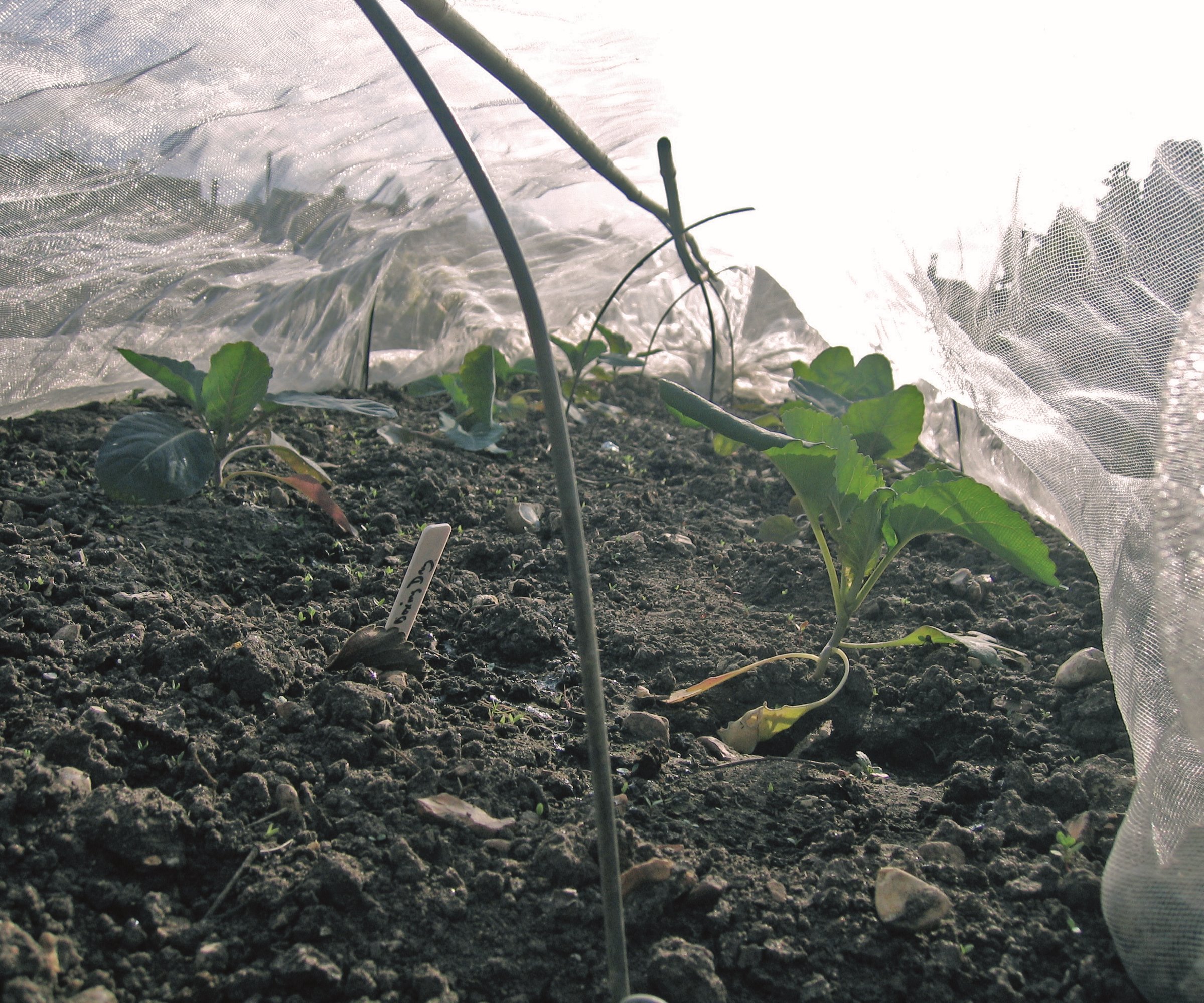
Spring cabbages benefit from protection
Harvesting spring cabbages
In early spring, immature cabbages can start to be cut as spring greens from late February onwards. These are loose cabbage heads without a firm heart and can be one of the first crops of the year. Spring greens are rich in vitamins and can be steamed, blanched or cut thinly and stir-fried. If you planted your cabbages a bit close together, then picking some as spring greens can allow space for the remainder of the crop to grow and expand.
Spring cabbages can be harvested from late March or early April. To harvest the crop, cut the heads at ground level with a pair of pruning shears or sharp knife. If you cut a cross in the remaining stump after harvesting the cabbage, then you can encourage small cabbages to grow from the old stem for a second crop.
FAQs
Will cabbage survive a frost?
Hardy cabbages, including winter and spring types, are able to survive frosts, potentially even past temperatures of 20 F. They are able to happily sit in the vegetable garden all over winter, but do benefit from some protection from the likes of fleece, netting, or cloches. Savoy cabbages are often regarded as being the most hardiest of the cabbages that you can grow.
While cabbages can be grown in the vegetable garden for food during the colder winter months, there are also often-overlooked types of brassicas that can be grown for their aesthetics rather than flavor. Ornamental cabbages, which are often also called flowering kale, are grown to provide splashes of color in a winter garden. Their intense colors, which come in shades of white, red, purple, and pink, actually intensify in the cold and they can be fantastic additions to flower beds or fall planters.
Sign up to the Homes & Gardens newsletter
Design expertise in your inbox – from inspiring decorating ideas and beautiful celebrity homes to practical gardening advice and shopping round-ups.

Drew’s passion for gardening started with growing vegetables and salad in raised beds in a small urban terrace garden. He has worked as a professional gardener in historic gardens and specialises in growing vegetables, fruit, herbs, and cut flowers as a kitchen gardener. That passion for growing extends to being an allotmenteer, garden blogger, and producing how-to gardening guides for websites. Drew was shortlisted for the New Talent of the Year award at the 2023 Garden Media Guild Awards.
-
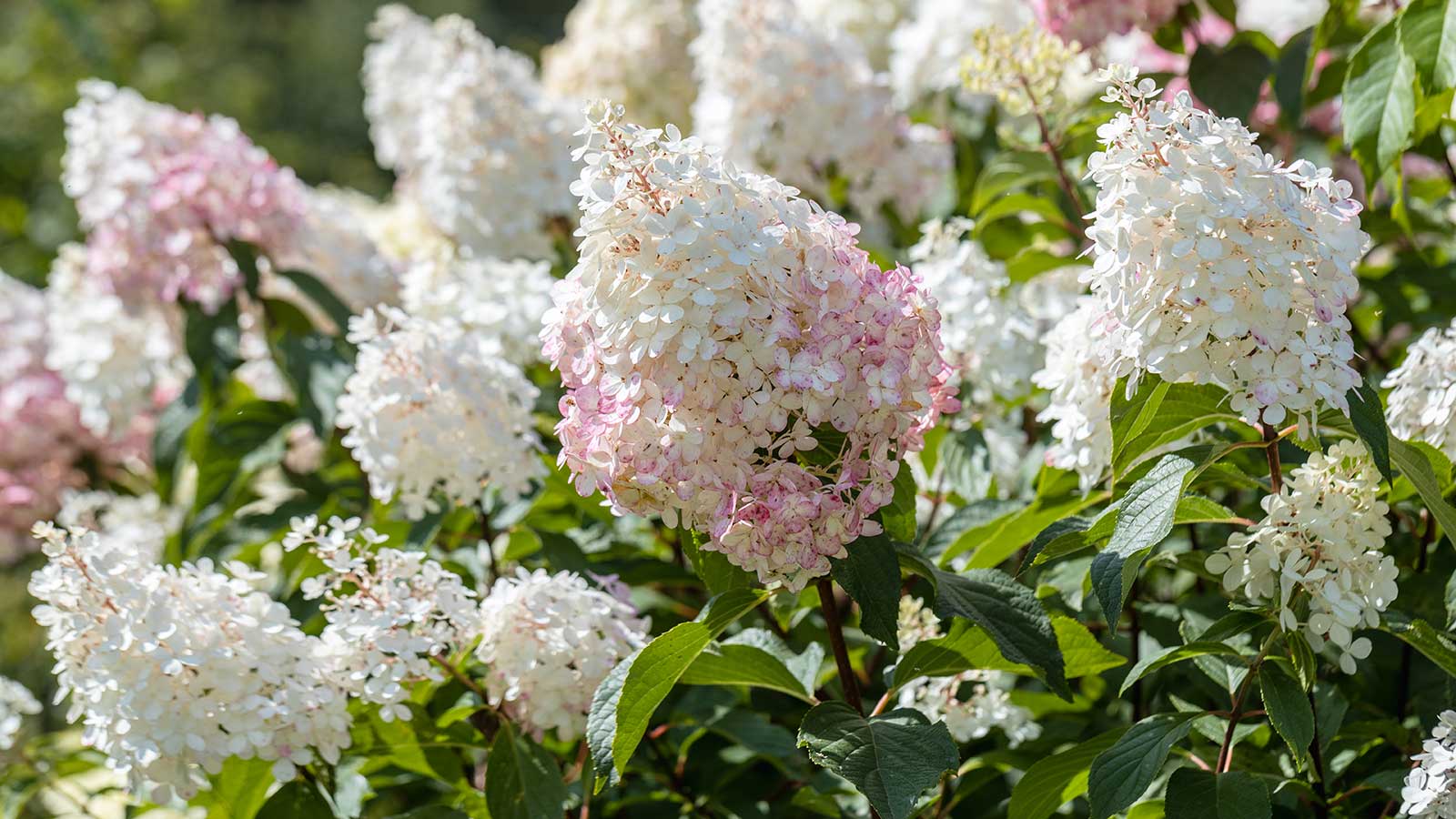 5 hydrangea myths debunked by experts – and what you need to know instead for beautiful blooms
5 hydrangea myths debunked by experts – and what you need to know instead for beautiful bloomsFrom ways to change their color to when to prune, there are certain misconceptions to steer clear of when growing these flowering shrubs
By Holly Crossley Published
-
 How the 'ODT' method can help you to tackle your overwhelming decluttering checklist – and streamline the process from start to finish
How the 'ODT' method can help you to tackle your overwhelming decluttering checklist – and streamline the process from start to finishAvoid 'analysis paralysis' and tick off tasks quickly and easily by making just one decision at a time
By Ottilie Blackhall Published